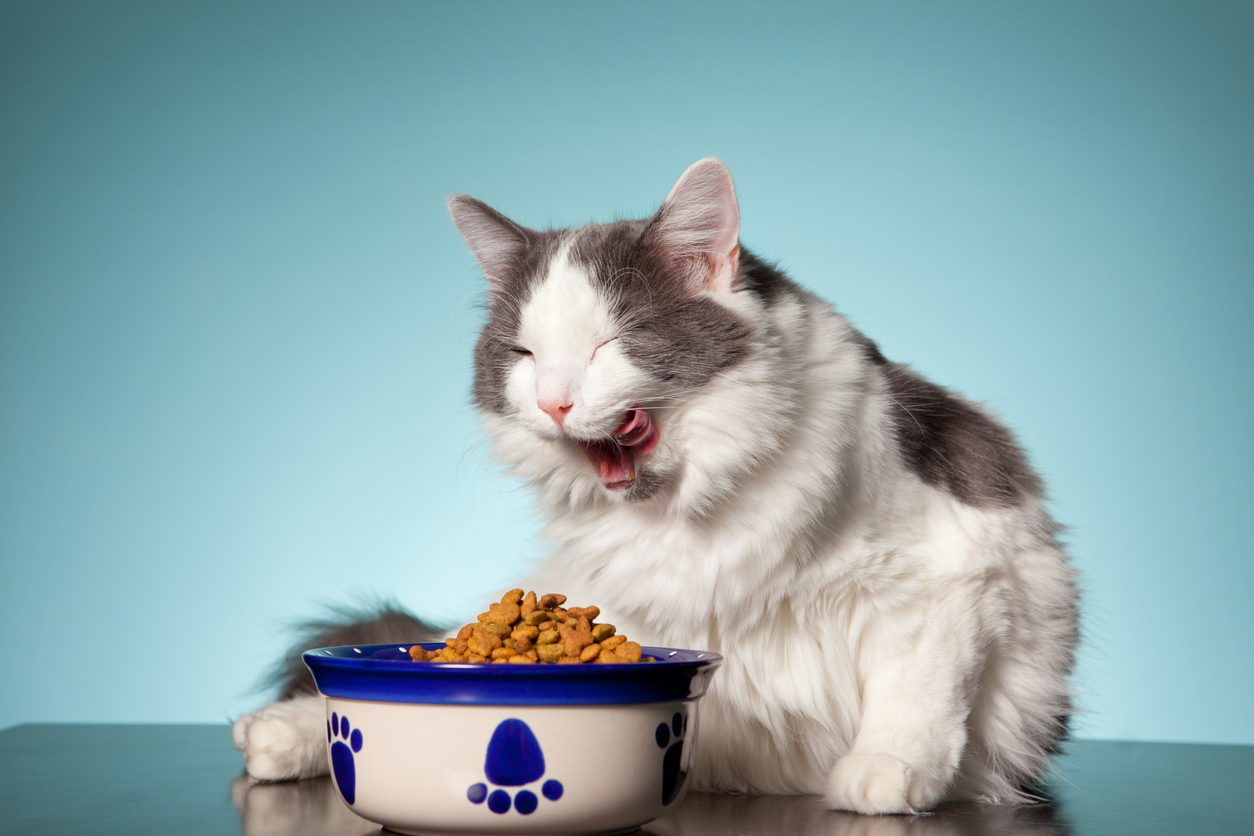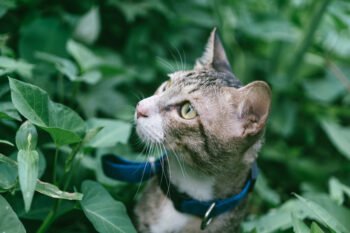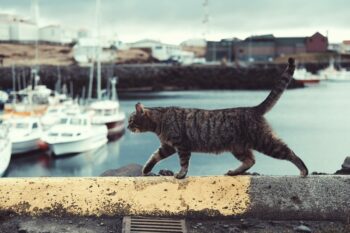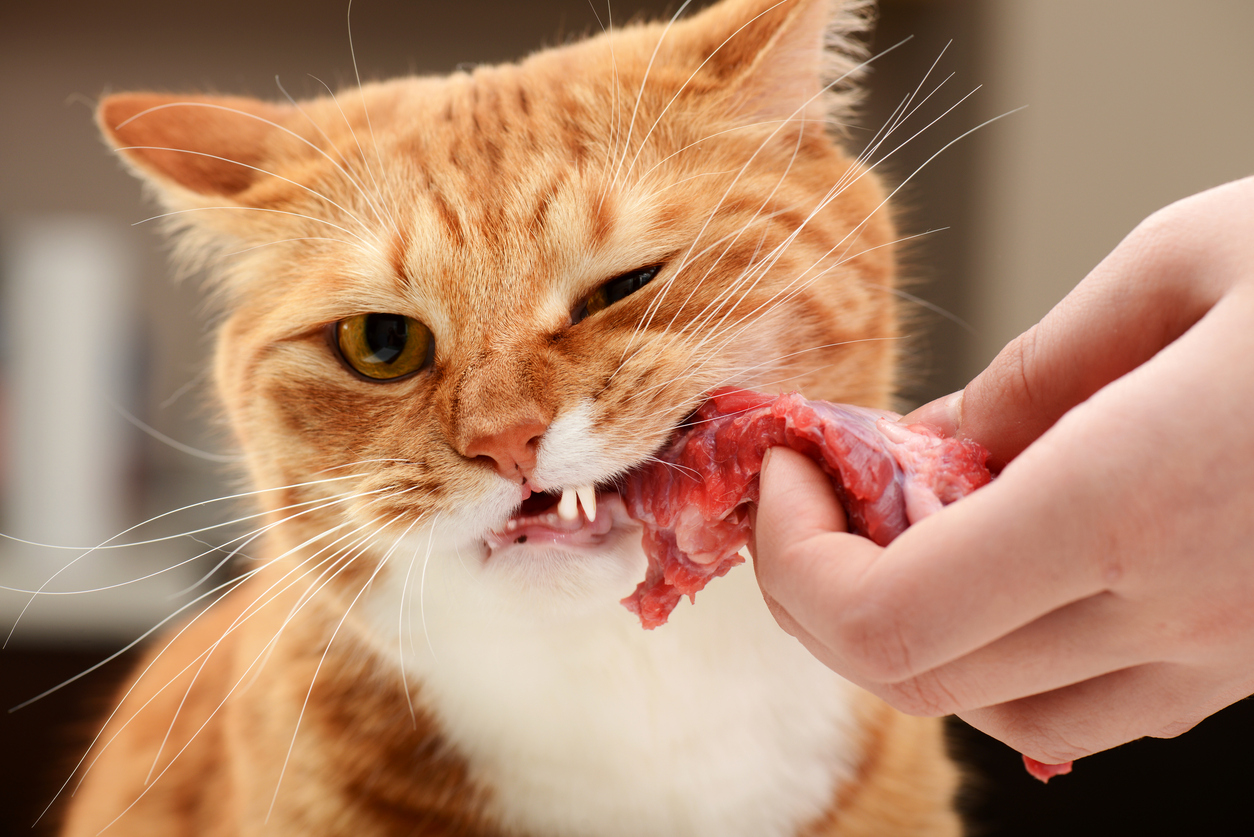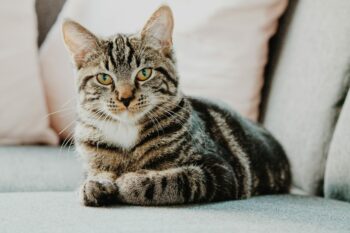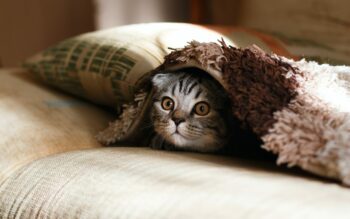[the_ad id=”18809″]
Researchers have spent years trying to pinpoint the causes of bladder problems in cats, which are frustrating for owners, veterinarians and cats alike. Much of the talk in the last 20 years has focused on diet as a means to prevent or control these problems, with buzzwords like “optimum pH” and “healthy urinary tract formula” plastered all over cat food bags. With all of this research, the question remains: How important is diet in helping to manage urinary disease?
Feline Lower Urinary Tract Disease
Urinary disease is a common problem in cats, accounting for 1.5 percent of feline veterinary visits, according to a 1999 study in the Journal of the American Veterinary Medical Association. The consequences can be severe. Cats that have bladder issues often urinate outside the litter box, the No. 1 behavioral cause of owner relinquishment.
Feline lower urinary tract disease, or FLUTD, refers to a collection of issues that affect the bladder and urethra, resulting in signs such as painful urination, blood in the urine, increased trips to the litter box, and obstruction of the urethra — the dreaded “blocked cat” emergency.
“There are two big categories of FLUTD: idiopathic cystitis and sterile struvite crystalluria,” says Dr. Lisa Weeth, a board-certified veterinary nutritionist at Red Bank Veterinary Hospital in Hillsborough, N.J. For 60 percent of these cats, there is no identifiable cause. A 2003 study in the Journal of Urology suggests a correlation between stress and outbreaks of symptoms, but aside from this, no one can predict when the disease will strike.
Another 25-30 percent of cats with lower urinary disease have crystals or stones in their urine. The discussion about urinary pH becomes more important for these cats.
The Dark Crystal: Struvite and Calcium Oxalate Disease
All cats have some amount of minerals dissolved in their urine. When the concentration of minerals is high enough, the minerals come out of solution and form microscopic crystals. In their most severe form, these crystals coalesce into large bladder stones.
While no one can predict the exact set of circumstances that will cause any given cat to form crystals, there are several factors that are thought to contribute to their formation, according to Dr. Amy Dicke, a technical services veterinarian with P&G Pet Care.
The two main crystals found in cats are struvite and calcium oxalate. Struvite crystals more commonly form in cats with an alkaline urine pH over 6.6, while oxalate crystals are usually seen at acidic pH values under 6.0, says Dicke.
“Urine acidification (of cat diets) began in the early 1980s,” says Dr. Sean Delaney, a board-certified veterinary nutritionist and founder of BalanceIT.com. Struvite is far more common than calcium oxalate, explains Delaney, so feeding a diet that produces acidic urine with a pH of under 6.6 is a tool to help reduce the incidence of struvite crystals.
Hydration is another component of crystal formation. Dilute urine is less likely to form a precipitate than very concentrated urine. Unfortunately, getting cats to drink enough water is sometimes a tricky proposition. “Evolutionarily speaking, cats are a desert species that may have gotten water from their food. The more fluid that goes through, the better,” says Delaney.
Veterinarians are careful to counsel owners that though diet and hydration may aggravate urinary disease in cats that are predisposed to developing crystals, they are not usually considered the sole cause.
“I think, in general, pet owners underestimate the significance of stress in their pet cats — especially indoor-only cats in multi-cat environments,” says Weeth. We offer our breakdown of the best indoor cat foods that you may like to consider.
Urinary Disease in Seniors
As cats age, lifestyle and secondary health issues can contribute to urinary disease. In addition to dietary management, stress and hydration, obesity is a risk factor for FLUTD, and a problem that can sneak up on cats as they age.
In older cats, secondary conditions such as bacterial infections may show up as a complication of renal disease — a common condition in senior cats. Cats may or may not show outward signs of this problem — another reason regular twice-a-year wellness visits in cats older than 7 are recommended by the American Association of Feline Practitioners.
Unfortunately, there isn’t a one-step solution to solving the complicated issue of urinary disease in cats. The good news, however, is that we know more about it now than we ever have before, and with a dedicated veterinarian-owner team, clients have a great opportunity to help their cats live long, healthy and comfortable lives.

